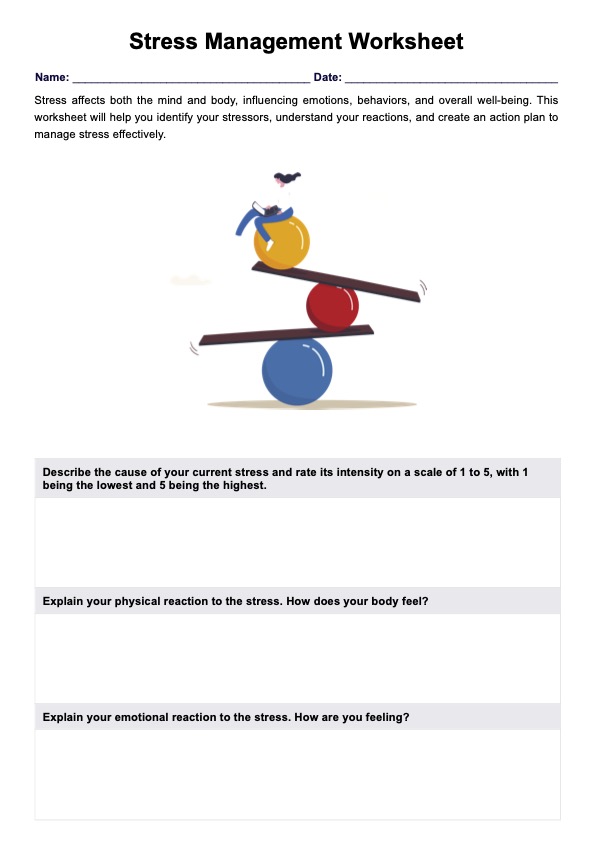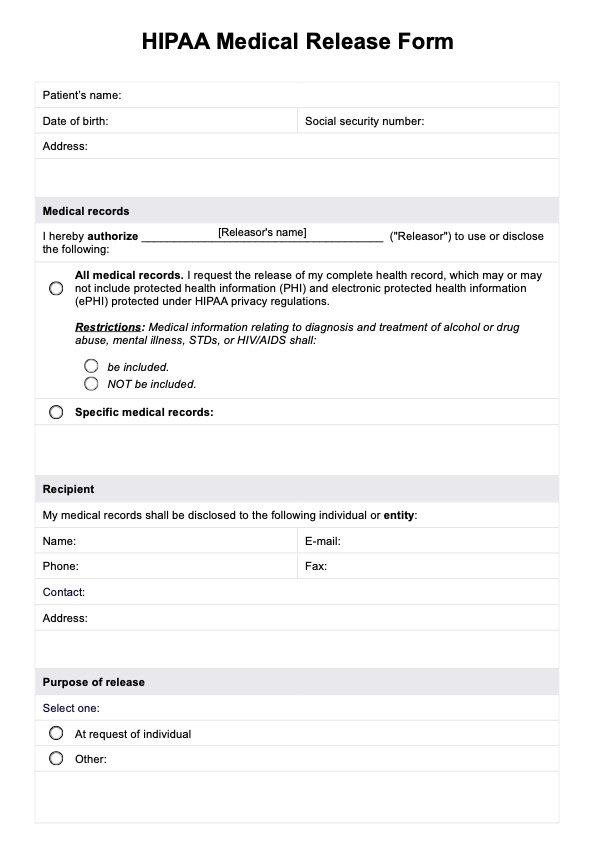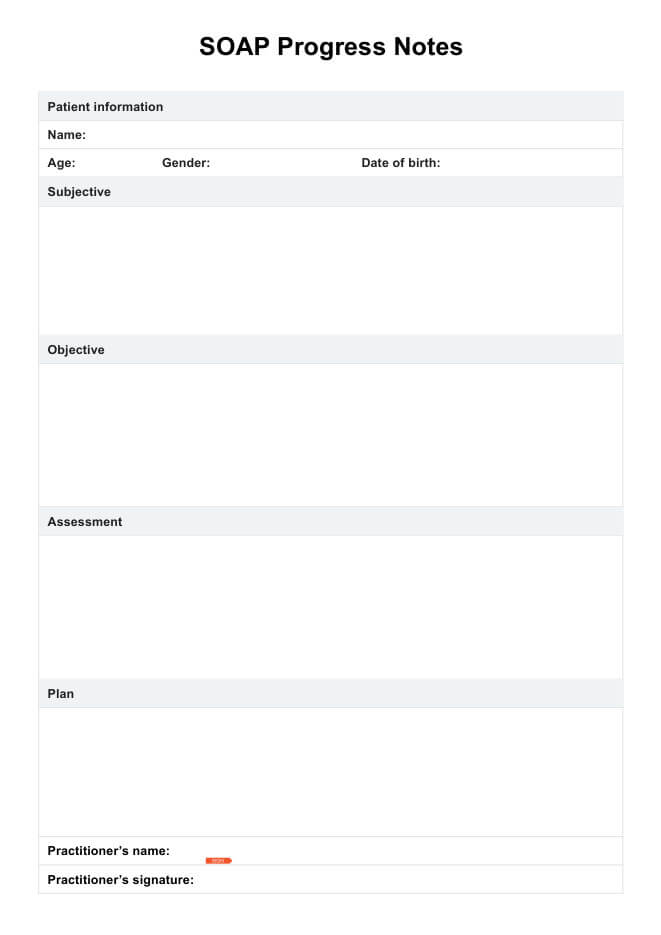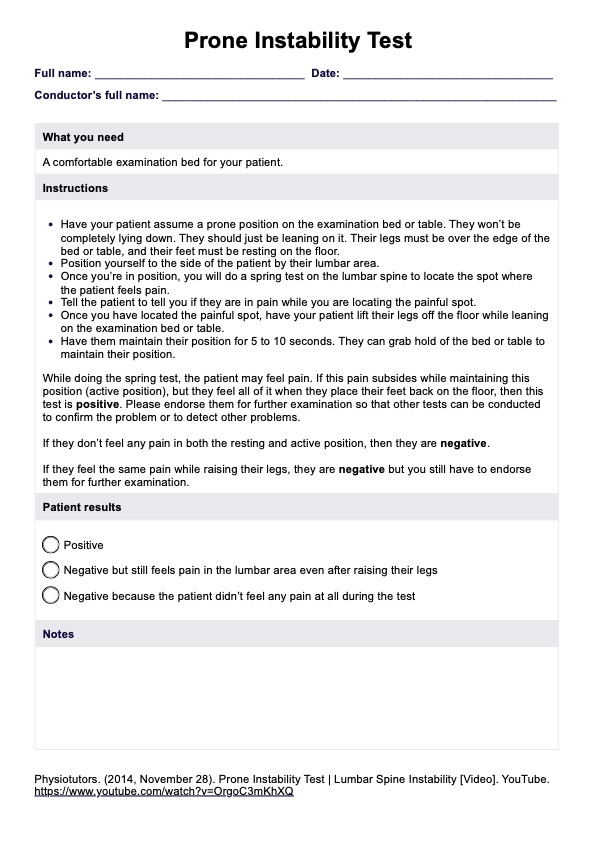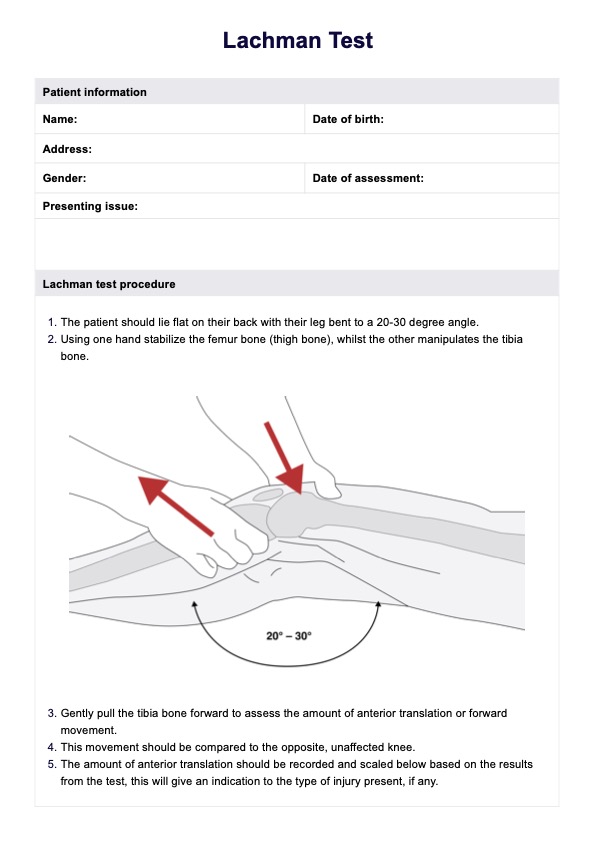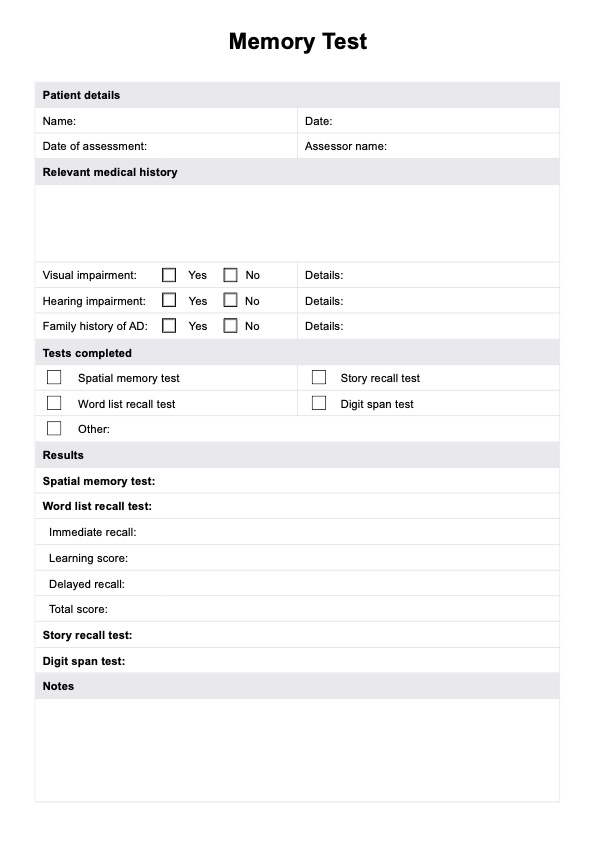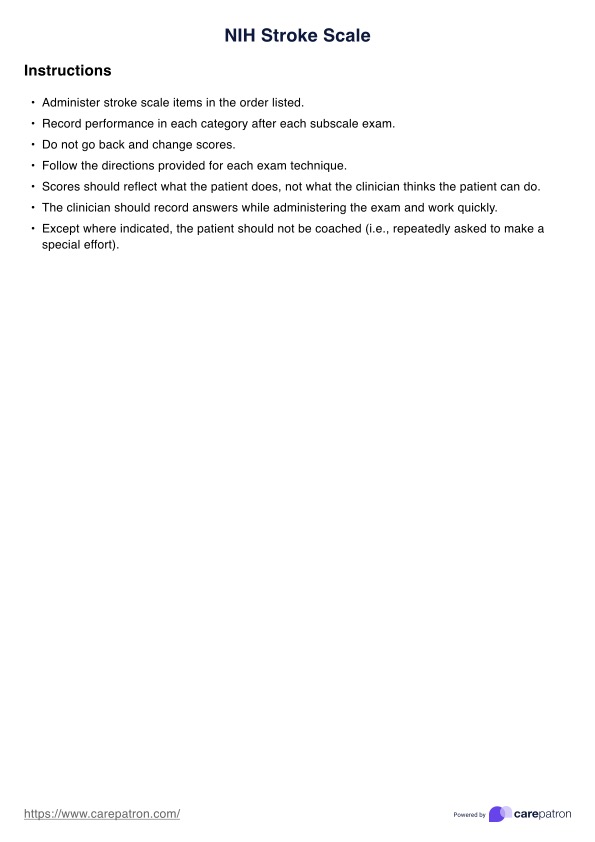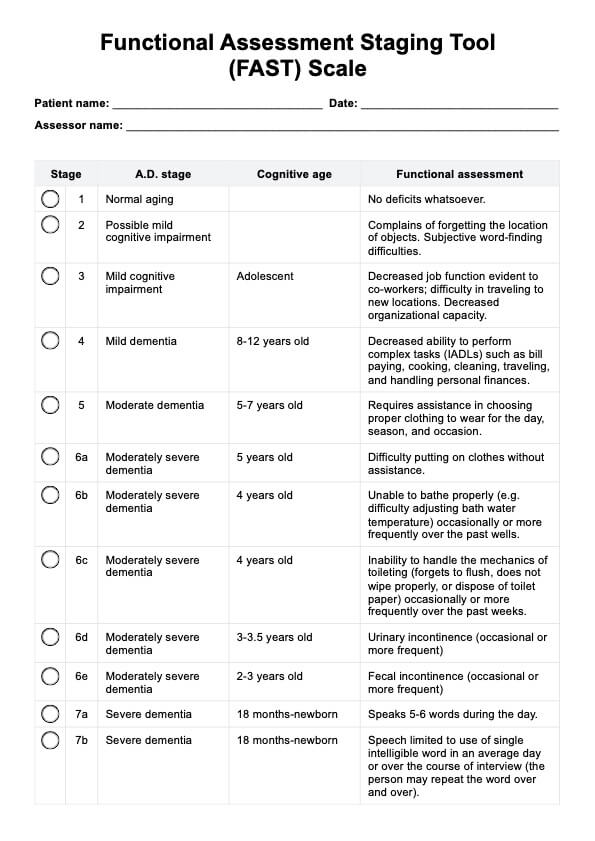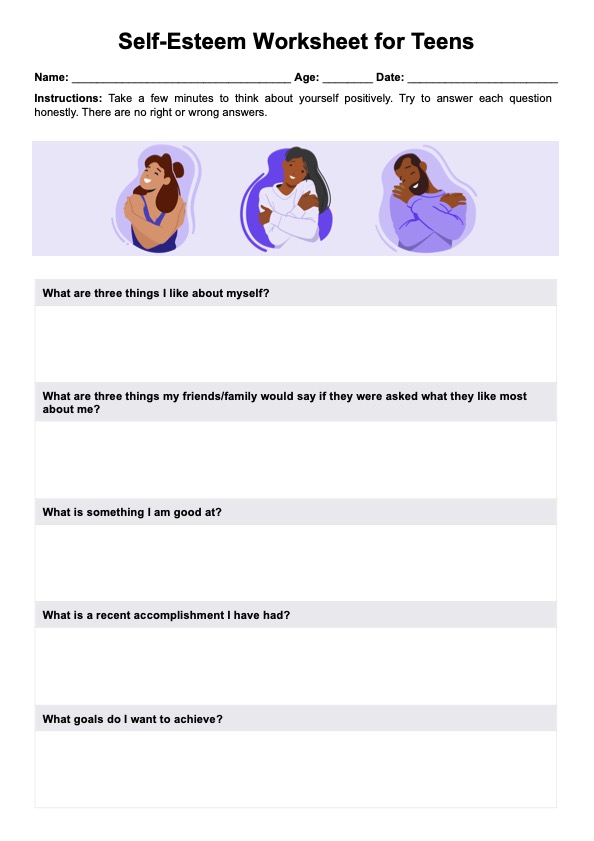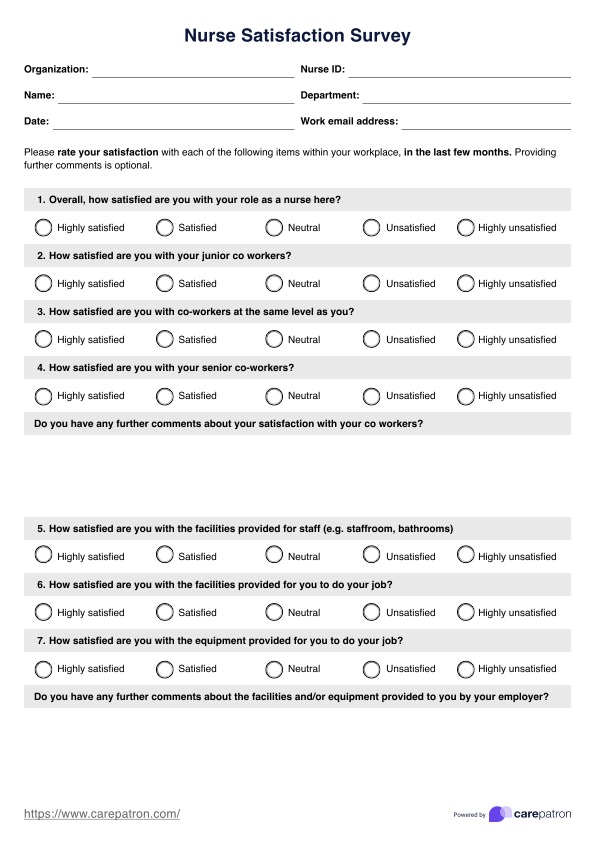Das Arbeitsblatt zur Trennungsangst ist in erster Linie für Eltern, Lehrer, Betreuer oder Fachkräfte für psychische Gesundheit bestimmt, die mit Kindern oder Erwachsenen arbeiten, die unter Trennungsangst leiden.
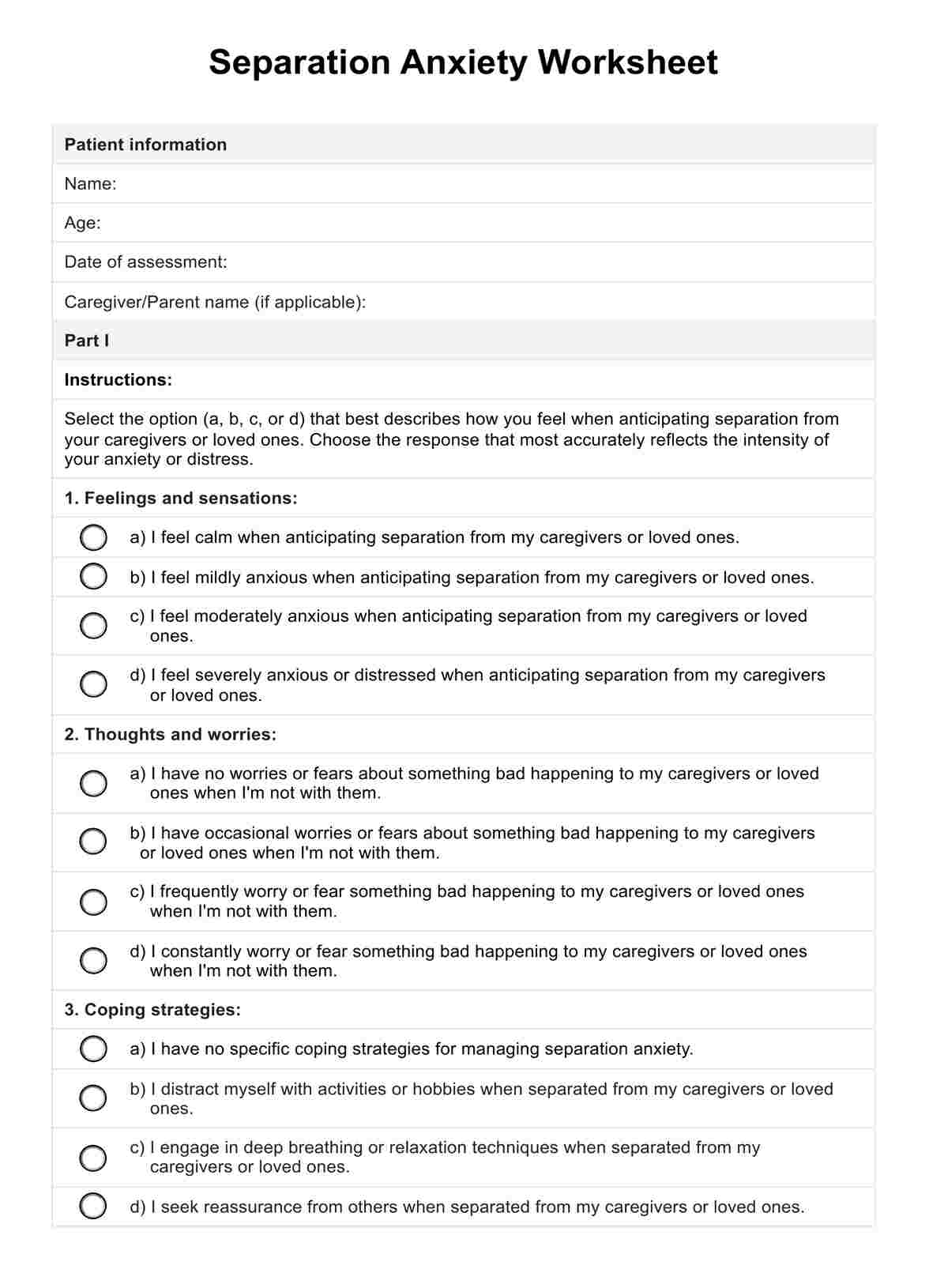
Arbeitsblätter zur Trennungsangst
Unsere Arbeitsblätter zur Trennungsangst wurden für Fachkräfte im Bereich der psychischen Gesundheit entwickelt und bieten Hinweise zur Bewertung von Symptomen, Auslösern, Bewältigungsmechanismen und Behandlungsstrategien. Laden Sie es noch heute herunter!
Arbeitsblätter zur Trennungsangst Template
Commonly asked questions
Die Zeit, die benötigt wird, um das Arbeitsblatt zur Trennungsangst auszufüllen, kann je nach Faktoren wie der Komplexität der Symptome der Person, der Gründlichkeit der Bewertung und dem Detaillierungsgrad des Arbeitsblatts variieren.
Die Häufigkeit der Überprüfung oder Aktualisierung des Arbeitsblatts zur Trennungsangst hängt von mehreren Faktoren ab, darunter vom Fortschritt der Person, der Wirksamkeit von Behandlungsmaßnahmen und allen Änderungen der Umstände oder Symptome. Im Allgemeinen ist es ratsam, das Arbeitsblatt zu übermäßiger Angst regelmäßig zu überprüfen, um sicherzustellen, dass die Informationen korrekt und relevant bleiben.
EHR and practice management software
Get started for free
*No credit card required
Free
$0/usd
Unlimited clients
Telehealth
1GB of storage
Client portal text
Automated billing and online payments


